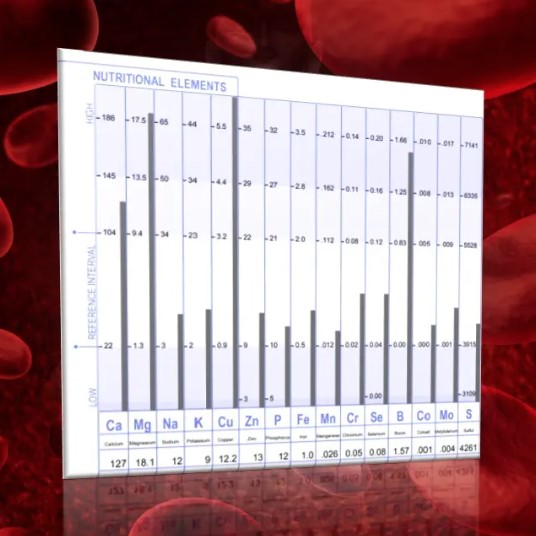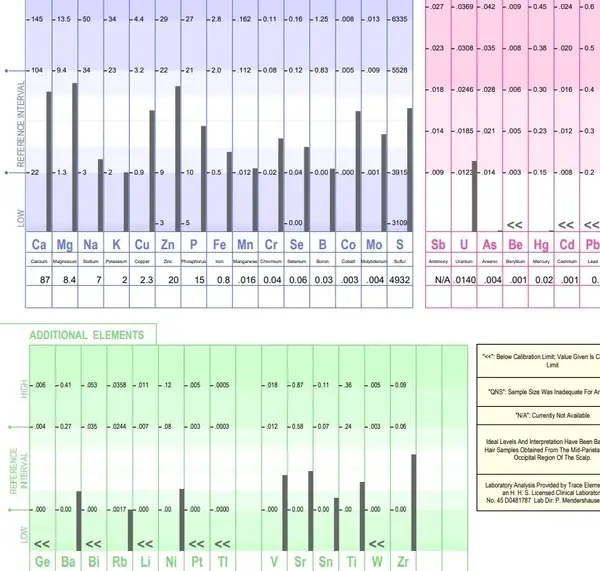[Article by David L. Watts, D.C., Ph.D., F.A.C.E.P.,
Original publication: Journal of Orthomolecular Medicine Vol. 4, No. 2, 1989]
Introduction
The mineral copper was shown to be an essential nutrient for hemoglobin synthesis in animals in 1928. The therapeutic use of copper and its requirements in humans was later reported by Mills and others. Copper has since been found to be a constituent of many important enzymes including cytochrome c oxidase, superoxide dismutase (cytoplasm), Ceruloplasmin, dopamine B-hydroxylase, lysyl oxidase, tyrosinase, and monoamine oxidase. The copper content of a healthy adult has been reported to be approximately eighty milligrams. The highest level of copper is found in the liver and brain, followed by the heart, kidney, pancreas, spleen, lungs, bone, and muscle.
Copper Evaluation Through Tissue Mineral Analysis (TMA) of Human Hair
TMA of hair has proven to be a good method for assessing nutritional copper status. Recently Medeiros reported positive correlations of TMA copper levels in animals based upon three levels of dietary copper intake. This study supports the feasibility for the use of TMA in detecting changes in the diet of copper and other minerals. Medeiros’ study also confirms the findings of earlier investigators, which also support the validity of using TMA in assessing copper status. [Continue reading full article here]








